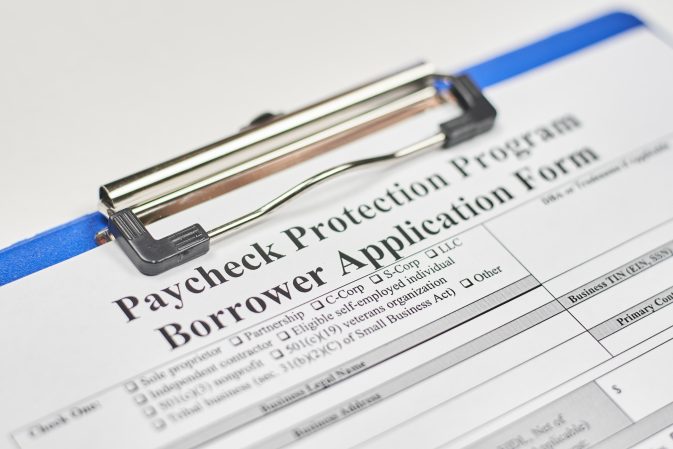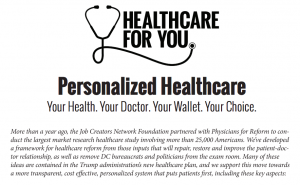What you need to know about the second round of PPP funding

What is the Paycheck Protection Program?
The Paycheck Protection Program (PPP) is a small business forgivable loan program first established under the 2020 CARES Act. The program is intended to provide struggling businesses with a financial lifeline to cover payroll and other overhead costs during the pandemic.
The previous round of funding closed on August 8, 2020—which resulted in over 5.2 million loans totaling over $525 billion being distributed. But now more help has arrived. Congress has injected another $284 billion to the program and will allow eligible businesses access PPP funding for a second time.
Who can apply?
Small businesses who did not receive funds during the first round will have another opportunity to apply. This applies to small businesses that meet the SBA’s size standards based on industry or the alternative size standard are eligible. Food service and accommodation/hotel businesses with more than one physical location and employing less than 500 per location can apply.
Small businesses that did receive funds in the first round but have used the money and are still significantly impacted by the pandemic are also eligible to apply again. They must demonstrate a 25 percent loss in revenue during at least one quarter of 2020 compared to the same time period of 2019. These businesses must have less than 300 employees per location.
How much will these loans be for?
Unlike the last round of PPP funds that were capped at $10 million, the new round of loans will be capped at $2 million per business.
These loans will be similar to the first round of PPP funds, with the maximum funds not exceeding 2.5 times the monthly payroll costs of the business. For businesses in the accommodation and food service industry, this can increase to 3.5 times the monthly payroll expenses.
Will these loans be forgiven?
Borrowers may be eligible for loan forgiveness if at least 60 percent of the funding cover payroll expenses to ensure workers are still employed. The other 40 percent can be used for eligible costs, including rent, mortgage costs, and utility payments.
For those who fall below 60 percent, partial loan forgiveness may be available.
If a business does not use the funds as directed, they will have to pay back the loan in full and are subject to a one percent interest rate.
Are the loans tax-free?
Yes, lawmakers have ensured that PPP recipients can claim tax deductions for expenses covered by the forgiven loan.
When will applications be open?
While the Small Business Administration (SBA) has announced that PPP funding portal will return on January 11, 2021 at 9 AM EST. According to the SBA, “When the PPP loan portal system opens, it will initially accept First Draw PPP loan applications from participating CFIs, which include Community Development Financial Institutions (CDFIs), Minority Depository Institutions (MDIs), Certified Development Companies (CDCs), and Microloan Intermediaries.”
This second round of PPP funds are expected to go very quickly, similar to what happened in early 2020. Applications are submitted through SBA but the loans are provided through local lenders.
How does a business apply?
Click here to learn how to apply. In order to be prepared to apply, gather your documents now. You will need payroll information, tax returns, employment records, and rent and utility records.




